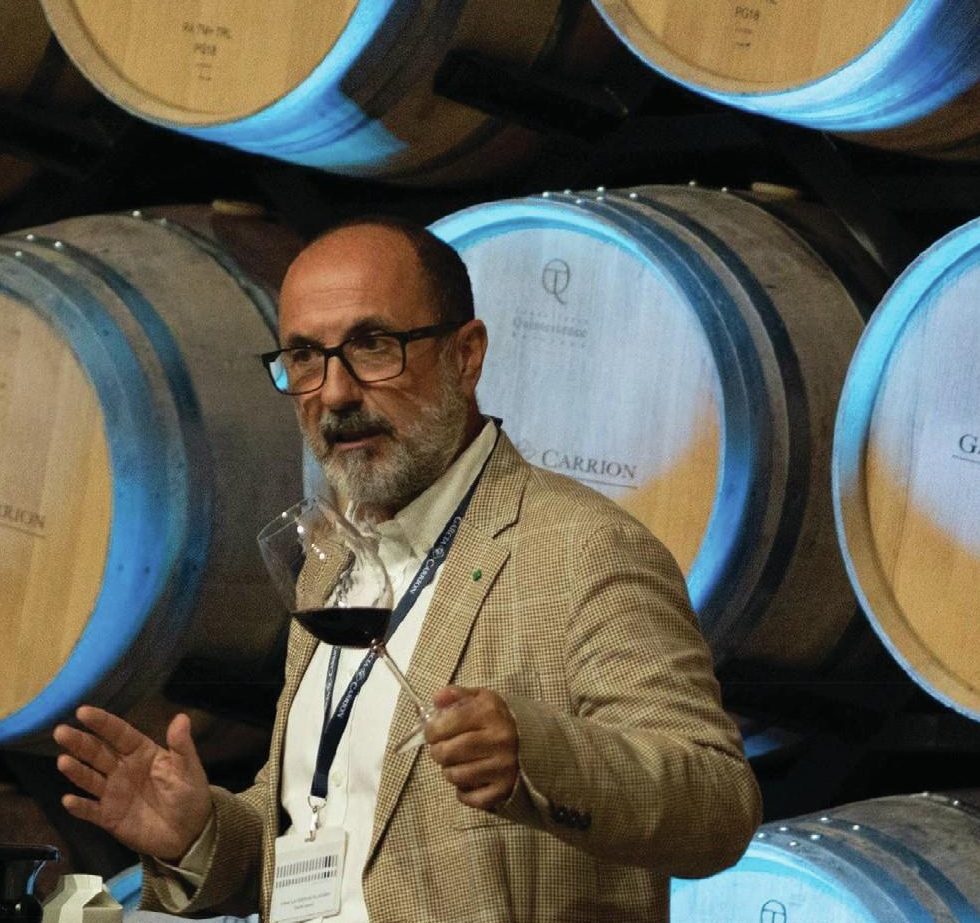‘Excesses’ of recent fine wine gains have dissipated as market corrects
Some of the most renowned fine wine names that have ridden the wave of the past few years, gave back “a significant portion” of those gains in 2023, new research by Cult Wines has said.

According to the company, only 12 of the most searched-for wines on wine-searcher.com across the last 30 vintages posted positive price appreciation from January 1st, 2023, to December 31st, 2023. Meanwhile, almost 90% of the wines in its 2,700-strong list saw average price decreases, with a quarter experiencing average price drops of more than -10%.
However, it did note that despite the “poor” performance in 2023, over a longer timeframe of three and five years, all bar two of the wines showed positive returns. The average price change over the three year period was +30.3%, it said, or +42.5% over the five-year period.
“This suggests that performance over a longer time frame is still in line with the long-term trend,” it noted. “This could be positive news for investors and new entrants into the market, as it implies that some of the market’s excesses have dissipated, bringing prices back in line with the historical trend.”
The wines that had previously performed the best were the ones that experienced the most significant price decreases, it showed, with standout performers of the last few years such as Burgundy and Champagne now at the bottom of the rankings, down -15% and -8% respectively – even though they both fared well in the longer-term. Burgundy for example showed the best three-year return, reaching +57.1% for the 19 wines included in the list, while Champagne’s performance over a five-year period saw an average increase in value of +83.5% for the 10 brands tracked during that period.
Partner Content
Conversely, Bordeaux, which saw prices down by an average of -5.3% across the board, saw smaller increases in the three and five year periods too, of an average of +12.7% and +12.9% respectively. Overall, right bank estates fared better in the longer than those on the left bank, with Figeac, Lafleur, Petrus, Vieux Chateau Certan, and Le Pin seeing gains that varied from +21% to +44% over the last three years, but Pomerol’s Petrus saw the average price of its wines from the last 30 vintages decrease by an average of -13.5%.
The report also commented on the trend that saw younger vintages (2017-2020) decline -10% during 023, while older vintages from the 1990s and 2000s remained stable. “Factors such as ample stock, rising interest rates, and a shift towards immediate consumption contributed to this pattern. Additionally, supply limitations and elevated initial pricing put significant pressure on younger vintages, resulting in the substantial declines,” it said.
Related news
For the eleventh day of Christmas...
Non-vintage is ‘putting together a puzzle’ says Champagne Lallier




